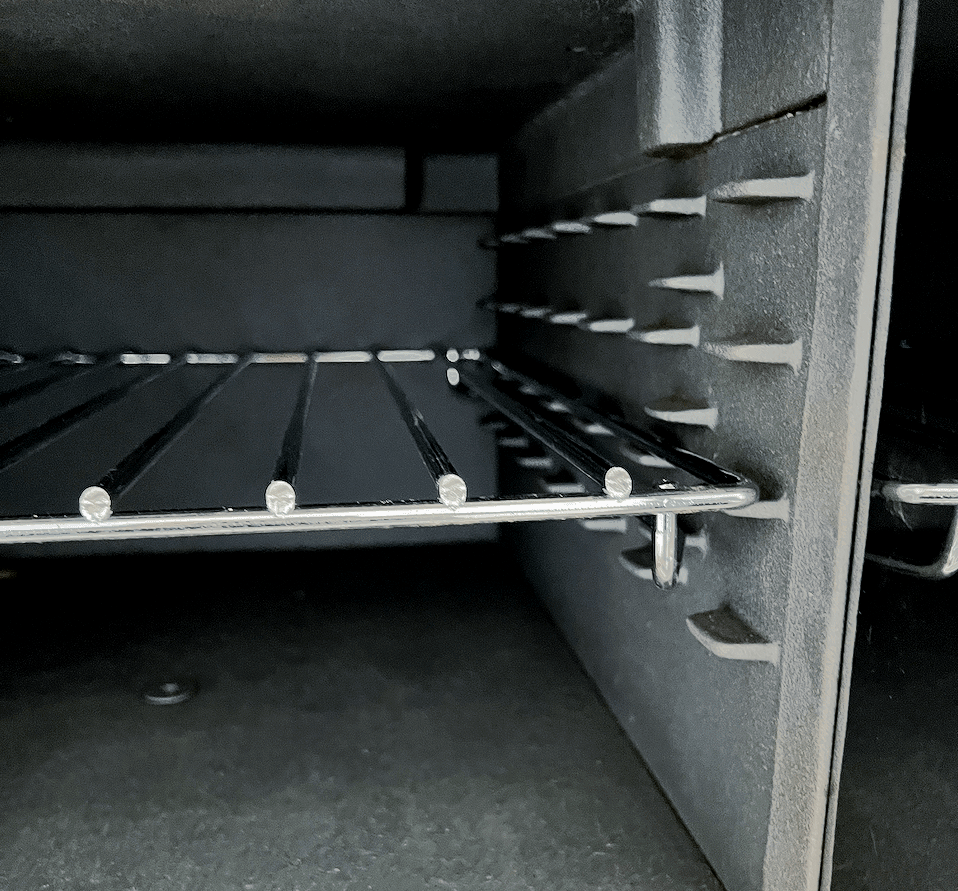Beginner's Guide to Aga Range Cookers
If you've had your Aga Range Cooker for long, or spoken to any owner, you'll soon learn that these cast iron beauties have individual personalities. In fact, a lot of customers tend to 'name' their cooker due to its cosy, unique character. For reference, this article will refer to the Traditional "always on" Heat Storage Aga Cookers. The more modern, controllable ElectricKit or eControl models will differ slightly. The newest Aga Cookers available direct from AGA Rangemaster will differ even more, with some having steel ovens, one hotplate etc.
An Introduction to The Aga Cooker
Designed to be always on and ready to use, the Aga Range Cooker uses stored heat inside the cast iron ovens to cook food with radiant heat and trap moisture the moisture and flavours inside. This is why lots of people preach that an Aga Cooker just cooks food better.
Even though your Aga Cooker is built the same as others, it'll have its own way of working. This is one of the advantages of a hand-made, classically forged cooker vs the cookie-cutter laser-cut conventional cookers. They will have idiosyncrasies, especially when it comes to temperature control so it's best to get a hold of an oven thermometer to learn how your new best friend works and how you can use it efficiently.
The Aga Cooker Hotplates
The standard, traditional Aga Cookers will have two circular hotplates on the top. These are made of cast iron, unless you have an electrickit or eControl model, and they have two set temperatures. The left hand hotplate is the Boiling Plate, and the right hand hotplate is the Simmering Plate.

When you're not using the plate, the insulating covers should be put down. A few years ago, we had a customer who was surprised at the running costs of her Aga Cooker. After some investigation, we realised that the kids were opening the hotplate lids to warm their hands before leaving for school, and leaving them open all day!
Every time you lift this insulating lid to cook, heat escapes from the cast iron and will gradually reduce the temperature inside the ovens, since the whole cooker works on heat conduction and convection. The golden rule, is to cook 80% of the time using just the ovens, and the remaining 20% on the hotplates. The floor of the ovens can be used in place of the hotplates, allowing you to close the oven door to retain heat. For example, if you're boiling a pan of potatoes, start them on the Boiling Plate, then once they're boiling, transfer them to the Simmering Oven and close the door. It'll continue to simmer for as long as it's in the oven.
The Aga Cooker Ovens

Your ovens are made from cast iron. This makes them an amazing heat sink and they can store, then radiate heat for hours.
You can see the 'runners' or 'fins' on the side of the oven walls. These are made to hold your grid shelves or trays in different positions. Your Aga Cooker ovens will be hotter towards the top of the oven, and cooler towards the bottom. This is because the heat from your burner behind the control door, moves up, across and down through the ovens.
If you want to grill or crisp dishes, you can position your trays/grid shelf at the top of the Roasting Oven (Top Right Hand Oven). Any recipe written by an Aga Cooker Owner will note the Runner Number to help you. You count these from the top to the bottom.
Due to the way Aga Cookers work, it's tough to get exact temperatures. For guidance, we'll list approximate temperatures here:
Roasting Oven (Top RH Oven):
220-240c
Simmering Oven (Bottom RH Oven on 2/3 Oven Models):
120-140c
Baking Oven (Bottom RH Oven on 4 Oven Models, Bottom LH Oven on 3 Oven Models):
180-200c.
A good rule of thumb is "if it takes more than 15 minutes on the hot spot, it can go into the ovens". The floor of the Roasting Oven can be used for shallow frying. The floor of the Simmering Oven can be used to keep pans bubbling away (once they've reached boiling temperature from the boiling plates).
The middle of the boiling plate is the hottest point of the Aga range cooker. You can differentiate the temperatures by changing the amount of the pan that is in contact with the plate. Be sure to use both spots! If the boiling plate is too hot, transfer the pan to the simmering plate.
Your order comes with two internal grill shelves and a solid 'cold' shelf. This shelf should be stored outside of the ovens to keep it cool for when it's needed. The cold shelf can be inserted into different positions inside the ovens to deflect heat and reduce the oven temperature. If you have a 2 oven model, you can even make a 'baking oven' inside of the roasting oven using the cold shelf!
The cast iron ovens are almost "self-cleaning". Any food debris is carbonised due to the constant high temperature. To keep your ovens (and hotplates) clean, you can use a wire brush to brush them regularly, just keep the wire brush away from the enamel! Any pots and pans with a completely flat base can be used on the Aga range cooker. The flat base ensures even contact from the hotplates to the pan. If you are moving pans between the hotplates, make sure you lift instead of dragging. Lots of aga range cookers have a very dull, scratched centre of the top plate from pan scuffs.
Learning More
You can learn a bit more on how to use an Aga Cooker, in our other blog post here.
Alternatively, you can book an Aga Cooking Demonstration with a Demonstrator in your local area. Sarah Whitaker gives a brief introduction to the Aga Cooker in this Youtube Video below:
Some Further Reading:





